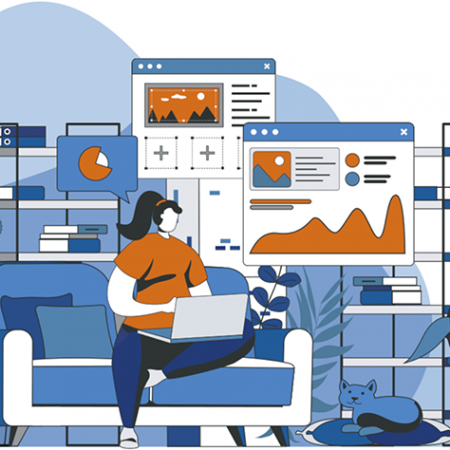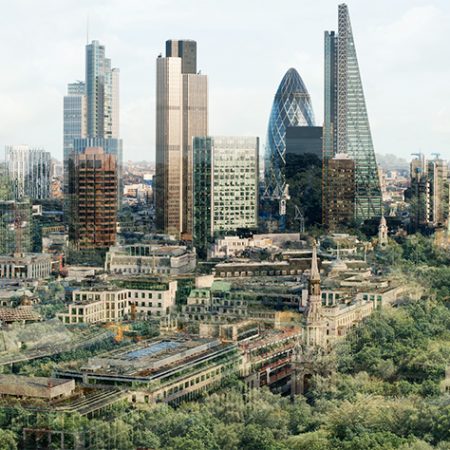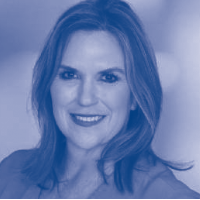
Ann Duncan, Vice Chairman, Chief Strategy Officer & Chief Diversity Officer of Savills North America
North America
Connect your employees
New-found flexibility due to the pandemic is starting to individualise people’s experience of working life in the US and Canada,” says Ann Duncan, Savills North America. “For many, it’s been two years of working from home. During this time, we’ve changed – employees have high expectations of work and flexibility.”
According to the 2022 Microsoft Workplace Trend Index, 73% of employees hope that flex will stay, yet more than 50% of leaders want employees back in the office full-time. “Many organisations here are creating and testing workplace strategies that will work for their organisation and culture while allowing them to still compete for talent,” says Duncan.
“Leaders are also aware of the importance of culture and how the physical space (office) can be a powerful container and expression of the culture,” she says. “Creating an office that is healthy, comfortable and safe is fundamental, but providing a variety of space types for people to choose from will help employees thrive.”
Understanding your workforce and its diversity is essential. “You might think older people want to go back to the traditional work model, but that’s not the case. It’s our young people who want to be mentored and coached.”
“People need to feel included regardless of where they are working,” says Duncan. “Update collaborative technology and create new norms to ensure everyone is seen and heard. With the right intention and focus, it could create a better way of working for many organisations.”
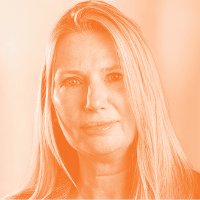
Paula Walshe, Head of International Corporate Services, Savills Dubai
Middle East
Reconfigure space for new needs
A younger, well-educated workforce is increasing the appeal of emerging Middle Eastern corporate office locations in Cairo and Riyadh. “Both of these markets have a very high youth population. They have an increasingly educated workforce, particularly among younger people. I think that corporate companies are seeing opportunity there,” says Paula Walshe of Savills Dubai.
There is significant growth in sectors such as tech, pharmaceutical and professional services. “If you’re a manufacturer or a tech developer, then those markets are really attractive to you as the next generation, the next place to be,” says Walshe.
Saudi Arabia has ambitious plans for growth and to diversify away from oil and gas. In addition, corporate companies looking to carry out business with the government from 2024 will need to be headquartered in the country.
In more traditional office locations such as the UAE, the lack of prolonged pandemic lockdowns meant the mindset shift towards hybrid and flexible working is not a homegrown trend. Instead, it has emanated from the presence of international corporate occupiers putting in place global policies for staff.
Many international companies have remained in the same space but reconfigured it to hybrid working standards. “They are reorganising to include more collaboration areas, space for people to come in and engage with their colleagues rather than just sit at a desk,” says Walshe. Offices are also being reconfigured for video meeting rooms in the UAE, which, prior to the pandemic, had restricted access to video conferencing.
Other companies have upgraded to better quality space, a move led by the war for talent and ESG considerations.

Simon Smith, Regional Head, Research & Consultancy, Savills Asia-Pacific
Asia-Pacific
Serviced offices: an intermediate space?
While Asia-Pacific is too large to generalise, in many of the advanced office markets, Singapore, Hong Kong, Tokyo and Shanghai, there are few drivers to shift companies out of the office.
All these cities tend to be significant service sector employment hubs with fast commutes through modern transportation systems.
In addition, culturally, life is not conducive to working from home: houses are small by global standards, residential areas are often densely populated (lots of noise, often from new construction) and there is much more multi-generational living. In the summer, air-conditioned offices also offer a welcome refuge for workers.
Multinationals are most likely to consider hybrid working and have also led a wider change in workspace design: flexible desk space, breakout areas and pantries are now more commonplace.
“There is a greater focus on amenity these days and more open-planning,” says Simon Smith of Savills Asia Pacific. “Traditionally there have been more glassed-in offices for senior staff but these are becoming much less common.”
Another beneficiary for those trialling hybrid working has been the serviced office sector in the region, which, Smith says, is providing a good intermediate space in between the office and home.
There may also still be a long tail to the hybrid trend because of the economic implications. “In Asia’s most expensive office markets, you can save a great deal of cost by cutting out office space, which makes the flexible working model suddenly much more appealing.
In the more expensive markets, office costs are quite a significant proportion of total operational costs, so that for many is quite a lure,” says Smith.
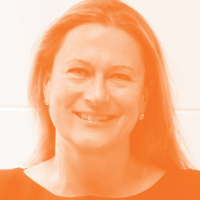
Katrina Kostic Samen, Director, Head of WorkPLACE Strategy & Design at KKS Savills
Global
Please your employees to keep your culture
“Emotive reasoning is entering decision-making for companies as they think about their working relationships with their employees, as well as their office space,” says Katrina Kostic Samen, KKS Savills. “It’s not just about class A buildings or floor-to-ceiling glass, but ‘does this space really value the experience of me and my staff?’”
That understanding is now more relevant because of the equal discussion that needs to happen to find the sweet spot between employees’ demands for flexibility and a company’s need to get the right value from its team.
“The pendulum was always in the employer’s favour, and it definitely has swung in the past 12 months to the employee, but I do think there will be a shift back to somewhere inbetween,” she says.
“There is clearly a shift in taking account of employee expectations and workplace experience returning to the office,” says Kostic Samen.
There are quick wins, especially those that are tactile and appeal to the senses: paint walls to add colour, hang some art and include plants for greenery. Reorganising space to create smaller meeting areas for video calls, or even bigger spaces for collaboration, might be harder than expected as they often require a shift in acoustic provision and mechanical air flow.
And, even if working patterns are still in a state of flux, the main piece of advice is to get started.
“You just get on with it and you keep it very flexible, you design it really well and have an inclusive process on the work strategy and design,” says Kostic Samen. “If you wait for the perfect moment to design the perfect office, you’ll have missed the opportunity to keep your culture together.”

